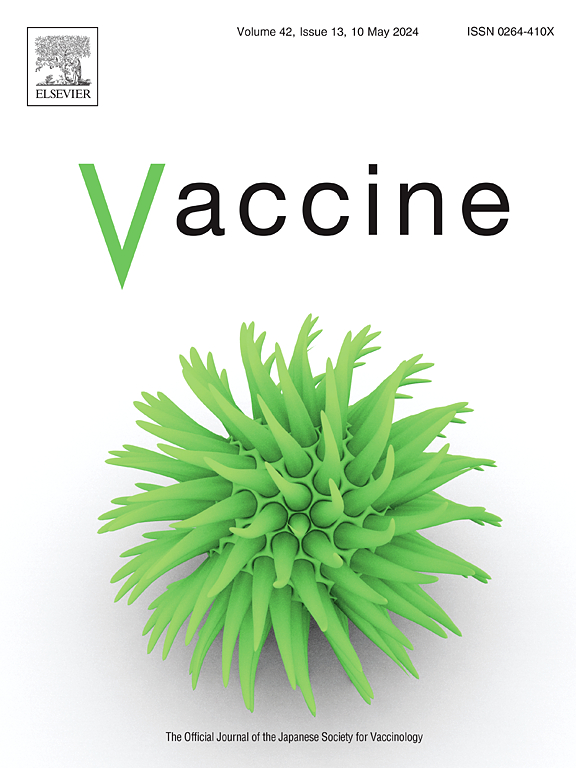在小鼠免疫模型中,非共轭TLR激动剂增加了抗体的数量,但没有增加抗体的质量
IF 4.5
3区 医学
Q2 IMMUNOLOGY
引用次数: 0
摘要
细菌疫苗在很大程度上已经从整个细菌转向选定的蛋白质或聚糖,从而从配方中去除免疫刺激成分,如toll样受体(TLR)激动剂。因此,通常将TLR激动剂添加到这些疫苗中以增加免疫原性,并且它们的添加通常与抗体滴度增加有关。为了研究TLR激动剂在B细胞水平上的作用,我们使用明矾和r -藻红蛋白进行了一项小型探索性队列研究,并使用不同的TLR激动剂和不使用不同的TLR激动剂进行了小鼠免疫模型。我们观察到,虽然没有TLR激动剂增加亲和力,但添加TLR2, TLR9,特别是TLR2/4/9激动剂的组合能够通过增加分泌细胞数量和/或细胞分泌率来增加抗体数量。我们的结果表明,各种TLR激动剂或组合的抗体滴度增加可能源于抗体强度的增加,而不是高亲和力的抗体。本文章由计算机程序翻译,如有差异,请以英文原文为准。

Non-conjugated TLR agonists increase the quantity of antibodies but not their quality in a murine immunization model
Bacterial vaccines have largely shifted from whole bacteria to selected proteins or glycans, thereby removing immune-stimulant components such as toll-like receptor (TLR) agonists from the formulation. Therefore, TLR agonists are often added to these vaccines to increase immunogenicity, and their addition has been frequently associated with increased antibody titers. To investigate the effects of TLR agonists at the B cell level, a small exploratory cohort study was performed with a murine immunization model using alum and R-phycoerythrin, with and without different TLR agonists. We observed that, while none of the TLR agonists increased affinity, the addition of TLR2, TLR9, and especially a combination of TLR2/4/9 agonists was able to increase the antibody quantity by increasing the number of secreting cells and/or cellular secretion rates. Our results indicate that the increased antibody titers for various TLR agonists or combinations might stem from an increased antibody magnitude rather than higher affinity antibodies.
求助全文
通过发布文献求助,成功后即可免费获取论文全文。
去求助
来源期刊

Vaccine
医学-免疫学
CiteScore
8.70
自引率
5.50%
发文量
992
审稿时长
131 days
期刊介绍:
Vaccine is unique in publishing the highest quality science across all disciplines relevant to the field of vaccinology - all original article submissions across basic and clinical research, vaccine manufacturing, history, public policy, behavioral science and ethics, social sciences, safety, and many other related areas are welcomed. The submission categories as given in the Guide for Authors indicate where we receive the most papers. Papers outside these major areas are also welcome and authors are encouraged to contact us with specific questions.
 求助内容:
求助内容: 应助结果提醒方式:
应助结果提醒方式:


